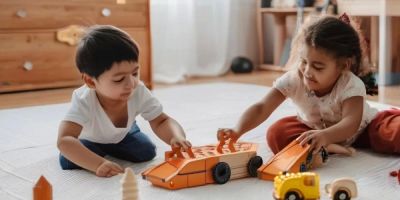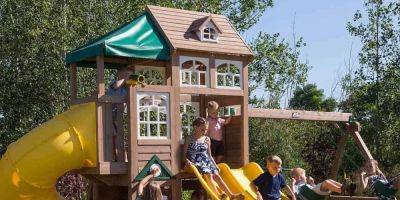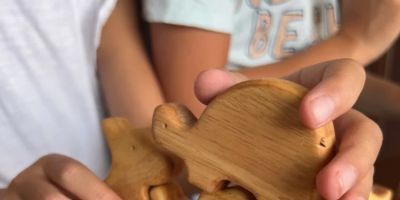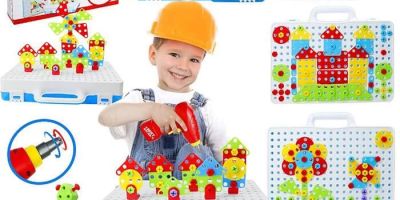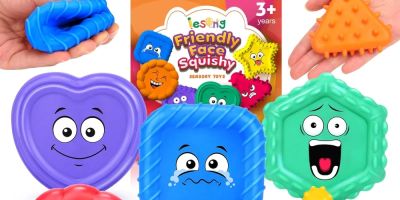- Understanding-the-Benefits-of-Making-DIY-Toys-at-Home
- Essential-Materials-and-Tools-for-DIY-Toy-Making
- Step-by-Step-Guide-to-Creating-Your-Own-DIY-Toys
- Creative-DIY-Toy-Ideas-to-Inspire-You
- Real-Stories-from-DIY-Toy-Makers
- Where-to-Find-the-Best-Toy-Making-Products-and-Support
1. Understanding the Benefits of Making DIY Toys at Home
1.1 Encouraging Creativity and Bonding
Making your own DIY toys at home offers much more than just cost savings. It’s a wonderful way to nurture creativity in children and adults alike. The process invites imagination to flourish while providing quality bonding time for families. This hands-on approach also helps kids develop fine motor skills and problem-solving abilities in a playful setting.
1.2 Eco-Friendly and Customizable Options
DIY toys often use recycled or household materials, making them an environmentally friendly alternative to mass-produced plastic toys. Additionally, homemade toys can be tailored to a child’s unique interests and developmental stage, ensuring the toy’s relevance and engagement.
2. Essential Materials and Tools for DIY Toy Making
2.1 Common Materials You Probably Have at Home
Simple supplies like cardboard, fabric scraps, buttons, wooden sticks, and non-toxic glue can serve as the foundation for many DIY toys. Using everyday objects not only saves money but also sparks inventive reuse and creativity.
2.2 Basic Tools to Get Started
Tools such as scissors, hot glue guns, paintbrushes, and markers are essential for crafting. Safety is important, so adult supervision is recommended when using sharp or heated tools.
3. Step-by-Step Guide to Creating Your Own DIY Toys
3.1 Planning and Designing
Begin by brainstorming ideas with the children or based on their favorite characters or activities. Sketch a simple design and list the materials required.
3.2 Assembling the Toy
Gather materials and tools, then follow the design, assembling parts carefully. Take your time to ensure all pieces are securely attached and safe for play.
3.3 Adding Finishing Touches
Decorate with paint, stickers, or fabric to personalize the toy. This final step not only beautifies the creation but also encourages kids’ involvement and pride in their handiwork.
4. Creative DIY Toy Ideas to Inspire You
4.1 Cardboard Dollhouses and Puppets
Using cardboard boxes, markers, and fabric scraps, you can create imaginative dollhouses or puppets. These toys encourage role-playing and storytelling skills.
4.2 Sensory Bottles and Soft Toys
Fill clear bottles with colorful beads, water, or glitter to make sensory toys that stimulate visual and tactile senses. Sewing simple soft toys with fabric remnants can also provide comfort and companionship.
4.3 Puzzle Games and Building Blocks
Cut shapes from wood or cardboard to create puzzles, or craft building blocks from recycled materials. These toys support cognitive development and hand-eye coordination.
5. Real Stories from DIY Toy Makers
5.1 A Family’s Journey to Personalized Play
One mother shared how making DIY toys at home transformed her child’s playtime. By creating toys tailored to her child’s interests—like a custom cardboard train and fabric animals—she saw improvements in focus and creativity, making playtime both educational and fun.
5.2 Community Workshops and Learning
Community centers and online groups have embraced DIY toy-making as a way to foster connection and skill-sharing. Many parents report that these workshops build confidence and create lasting memories.
6. Where to Find the Best Toy Making Products and Support
If you’re inspired to start making your own DIY toys at home, exploring resources at Knight Toys can provide access to quality materials, tools, and expert advice. This platform offers a wide range of products perfect for DIY toy projects along with helpful guides to make your crafting experience enjoyable and successful.

